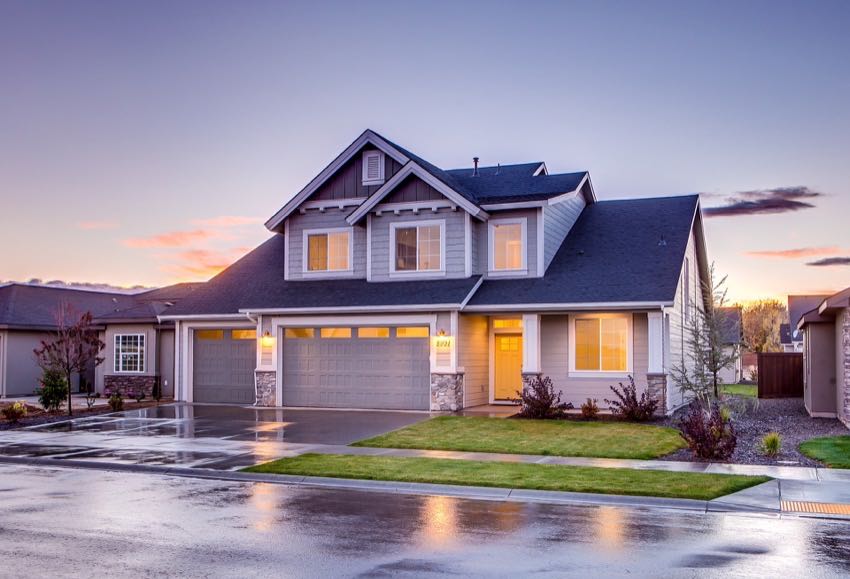There have been a couple of “hot” topics of late in the world of energy efficiency home improvement. Consumers need to understand the pay-back period (Return OF Investment) and the potential savings as a factor of investment (Return ON Investment) when making home improvements. We want to show you how to calculate the payback and ROI on energy efficiency home improvements. Hopefully, this helps you make practical expenditures.
ROI on Energy Efficiency Home Improvements
Before you execute any sort of weatherization techniques or project, you should start with a home energy efficiency audit. An audit helps you decide which energy efficiency improvements to make. In particular, these audits—at least the good ones—help determine which improvements create the maximum value. You want to identify improvements that truly save you money and which will just cost you. An audit can accurately predict which home improvements will create the fastest payback and the greatest return on investment (ROI). Most reputable weatherization companies only do work that will be paid for in six years or less and give the homeowner a return on their investment of 15% or more. Some improvements achieve returns approaching, and in several cases exceeding, 50%.
Calculating ROI on energy efficiency home improvements is not a difficult process. Take the amount saved on utility bills—then just calculate the length of time required to recover the investment. The typical cost of basic base-load reduction, air-sealing, duct sealing, and insulating a typical home in our area runs, on average, $2800.
Let’s estimate a home’s total average monthly utility bills at $250. If we assume the base-load reduction, duct-sealing, air-sealing, and insulation saves 22%, we can make some calculations. In fact, with just that info you can figure an average savings of $55 per month. Dividing the total improvement cost by the monthly utility savings indicates the cost of improvements will be recovered in less than 51 months. Recouping an investment in a little over four years—that makes sense. After that, the $55 is profit—money in the homeowner’s pocket.
Calculating Return-on-Investment or ROI
Calculating payback and ROI on energy efficiency home improvements can be a little more difficult and involved. Go back to our typical energy efficiency job above. With the help of a simple Internet mortgage calculator, you can figure your actual return on investment. What the mortgage calculator will do is combine both return ON and return OF investment.
If you put $2,800 in a typical five-year bank certificate of deposit, you are likely to earn about 2.25% these days. So, you’ll give up the use of your $2,800 for five years in exchange for a $5.25 per month return. At the end of five years, your $2,800 will be returned to you along with $333.07. Your total return on investment is around 11.9%. But wait, you’ve also given up $55 per month in energy savings. That makes your total cash amount -$166.93 if you take that into account. That ROI works out to -6% in 5 years.
What if You Invest in Energy Savings?
Now let’s look at investing your $2,800 and calculate the payback and ROI on energy efficiency home improvements. Using a simple Internet mortgage calculator, over a five year period, the total return on a $2,800 investment in air-sealing and insulating this typical home is $495. This is equivalent to a 17.7% return AND you get to keep on saving at a rate of $55 per month. Is the ROI on energy efficiency home improvements demonstrating a good investment? It seems like a no-brainer to me. Not a bad return, not to mention the non-monetary return (the fringe benefits) of a safer, healthier, and more comfortable place to live.
Calculating the Real Payback and ROI on Energy Efficiency Home Improvements
How does one go about accurately calculating potential energy and cash savings? Start with your power company. Many offer low-cost energy audits, audit rebates, or will recommend an auditor. The audit will identify those areas where the most cost-effective home improvements can be made. You can do the work yourself or hire a performance contractor. Performance contractors will take the results of your energy audit and do the work that creates the greatest return. Run with the most cost-effective improvements that deliver the biggest “bang-for-the-buck.”



